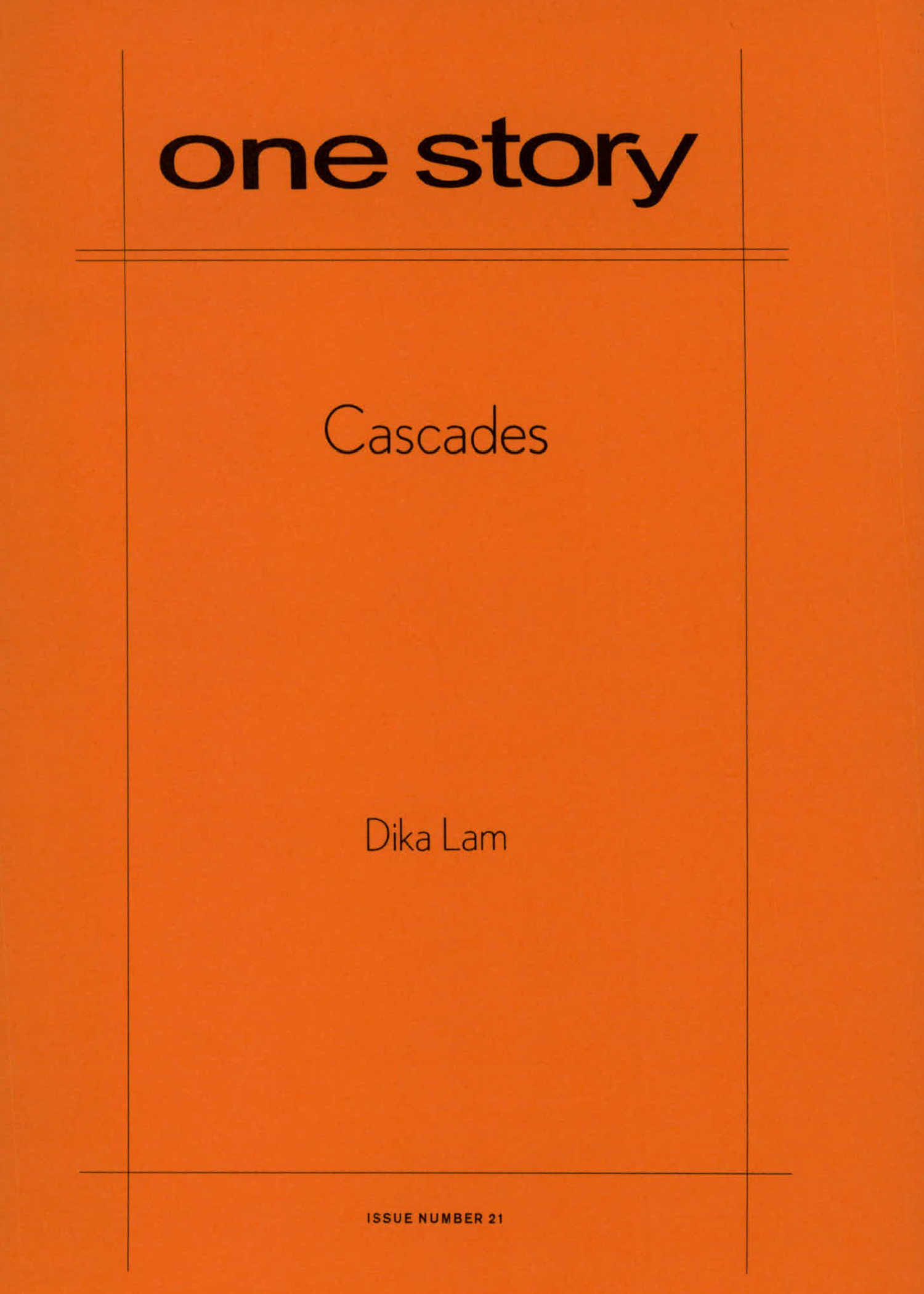
Cascades
$2.50
17 in stock
Excerpt
Professor Mertz of Archaeology was the first to go—the headlights of his abandoned Volvo silvering the covered bridge near campus, his body pulsing to the surface of the Trocadero River just downstream from the place where he first taught us how to sift dirt. Professor Kleinman of Art History was next, leaving a postmodern blot on the stones near Cliffside Fraternity, ruining not only the view but the boys’ annual Halloween Blowout Bash. At Devil’s Hollow Gorge, Professor Livermore surrendered to gravity in the leaden rain of that autumn Monday, a sheaf of essays in the briefcase he escorted on his forty-foot plunge down to the creekbed—the scene of much bikinied joy on spring days. After the police investigation, the papers were returned to their rightful owners in surprisingly readable condition. Howard Tan was touched to see that in his last act of compassion, Livermore gave him a B+.
Dika Lam
Born and raised in Canada, Dika Lam was a New York Times Fellow in the MFA program at New York University. Her work has appeared in Story, Washington Square, Antigonish Review, and the Green Hills Literary Lantern, and has been anthologized in New Affinities and Scribner’s Best of the Fiction Workshops 1999. Her nonfiction has been published in Arthur Frommer’s Budget Travel.
Q&A by Hannah Tinti
- HT: Where did you go to college? Was it a similar environment to this campus?
- DL: I borrowed quite a bit of Cornell University’s geography for this story. When I was an undergraduate there, a professor jumped off a bridge. I believe the headline in the student newspaper ran along the lines of “Professor Commits Suicide As Stunned Students Watch.” Years later, I started wondering what it must have been like for those stunned students, which led me to speculate about what would happen if the loss of one role model was duplicated en masse. There’s a prevailing myth that Cornell has the highest suicide rate among colleges. The truth is that other schools don’t have the dramatic scenery—the deep gorges that lend themselves to sensationalism. Then again, there was another incident where a young woman accidentally fell into a gorge and landed on a raccoon. She lived; the raccoon wasn’t so lucky.
- HT: What was the most challenging aspect of writing this story?
- DL: The voice. This was my tribute to Jeffrey Eugenides’ The Virgin Suicides, one of my favorite novels. Eugenides uses the first-person plural in a reportorial way that allows him to touch on a whole community of characters. I thought it would be an interesting experiment.
- HT: Do you think students today care about learning?
- DL: I think there’s always going to be a mix of those who go to college to be educated, and those who go to college to be trained. I’m more concerned with the admissions process, which has degenerated into a scheming, hypercompetitive game where teenagers are obsessed with activities that are going to look good on their applications.
- HT: How long did it take you to complete this story?
- DL: The first four pages came in a rush (maybe a couple of hours) but then I put it aside because I didn’t know how to finish it. A few months later, I read the first two pages at the Bread Loaf Writers’ Conference and was inspired to tackle it again. I had a first draft a month after I got back from the conference.
- HT: What is the best bit of advice about writing you have ever received?
- DL: Keep writing. You get better.
- HT: What are you working on now?
- DL: I’m polishing a collection of short stories and working on a novel. The latter is a family saga set in Hong Kong and North America: a matchmaker’s daughter recounts her family history as she is sent on a road trip to stop her sister’s wedding.
